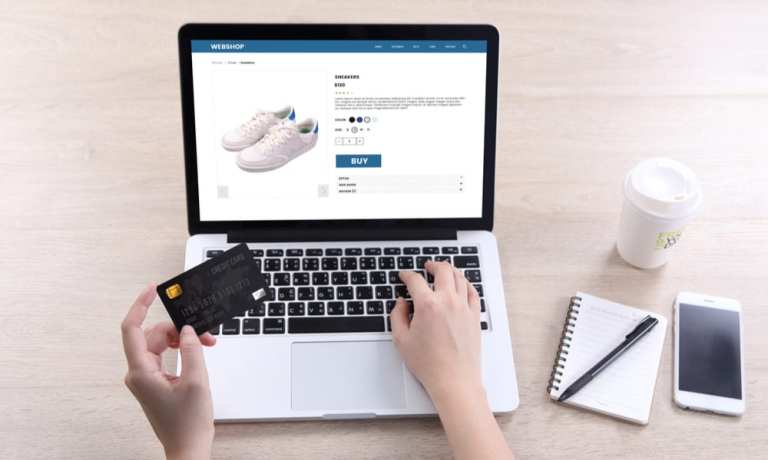So far, we know a lot about what U.S. consumers are not doing. As seen in Karen Webster’s report on our exclusive COVID-19 consumer survey, we know they’re not staying in hotels (-26 percent), eating in restaurant dining rooms (-36 percent) or using public transit (-29 to -35 percent).
However, consumers have stepped up their activity in eCommerce.
The PYMNTS study found that 28.3 percent of respondents shop in stores less often and 10.5 percent shop online more often. The survey saw shopping of all kinds drop dramatically among those with incomes less than $50,000. More affluent consumers seem focused on avoiding public spaces, instead going online to buy what they need and want. It’s defining that “need and want” that will determine how eCommerce retailers go to market and will predict what level of spend they expect to see.
Part of that level of spend can be seen in a deeper dive into the PYMNTS report. It is a window into what will surely be a change in behavior as consumers continue to navigate the crisis toward what lies on the other side.
According to Bloomberg, more than 47,000 chain stores across the U.S. have temporarily shut their doors. At least 90 non-essential nationwide retailers have temporarily gone dark, and most of them are trying to get consumers to go online to shop.
If overseas patterns are any indication, the eCommerce trend will rise dramatically. According to data from Ipsos MORI, half of Chinese consumers and 31 percent of Italian shoppers say they are using eCommerce “more frequently” for products they’d usually purchase from physical stores. Other countries, including Vietnam, India and Russia, have also seen their populations going online more often, with the uptick measured at 57 percent, 55 percent and 27 percent, respectively. That study also showed that “hot spots” globally centered on food and water. Twenty-eight percent of U.S. respondents said they were using eCommerce to “stock up” on food.
Advertisement: Scroll to Continue
In fact, a growing number of consumers are turning to online grocery delivery rather than taking the risk of an in-store visit. March 15 saw a record number of average downloads, with Instacart experiencing a 218 percent increase compared to download activity in February. The delivery company claimed that total sales had grown tenfold during the first week of March compared to the previous week.
But food and water do not a trend make. Other products have started to show trendlines, both positive and negative. CouponBirds, which analyzes SKU-level searches, released data early this week showing that health products like sanitizer, protective clothing, gloves and masks increased by 78 percent in the past two weeks. The second highest-growth category at 51 percent was essential oils, which are used to treat coughs, colds and sore throats. The third thriving business was the food and meals category, ascending by 40 percent. Following that came tobacco, grocery, web service, games and guns, growing by 31 percent, 25 percent, 23 percent, 22 percent and 17 percent, respectively.
On the other side, CouponBirds’ data analysis also revealed the businesses seeing the worst impact. The search for outdoor brands and products dropped by 59 percent. Next, travel and flight services dropped by 43 percent. Tickets and theatre searches decreased by 42 percent. Restaurants, haircare, beauty and accessories also fell by 23 percent, 21 percent, 18 percent and 14 percent in sequence.
“As patterns begin to emerge in response to news events of this nature, it will be imperative for companies to learn from these scenarios so they can sustain growth even in times where COVID-19 has uprooted people’s lives,” says Scott McKenzie, Nielsen’s global intelligence leader. “These patterns will help provide leading and trailing indicators to those trying to understand how people will respond as developments continue to play out at different times in different countries.”
As March comes to a close, monthly sales data will show more about what consumers will spend on and how they will spend it. As Webster puts it: “What’s clear is that every change in behavior requires a catalyst to drive lasting change. The fear of loss in the form of COVID-19 and its unprecedented impact on the global economy and every person living in it could be the catalyst that will shape our connected economy’s future.”




